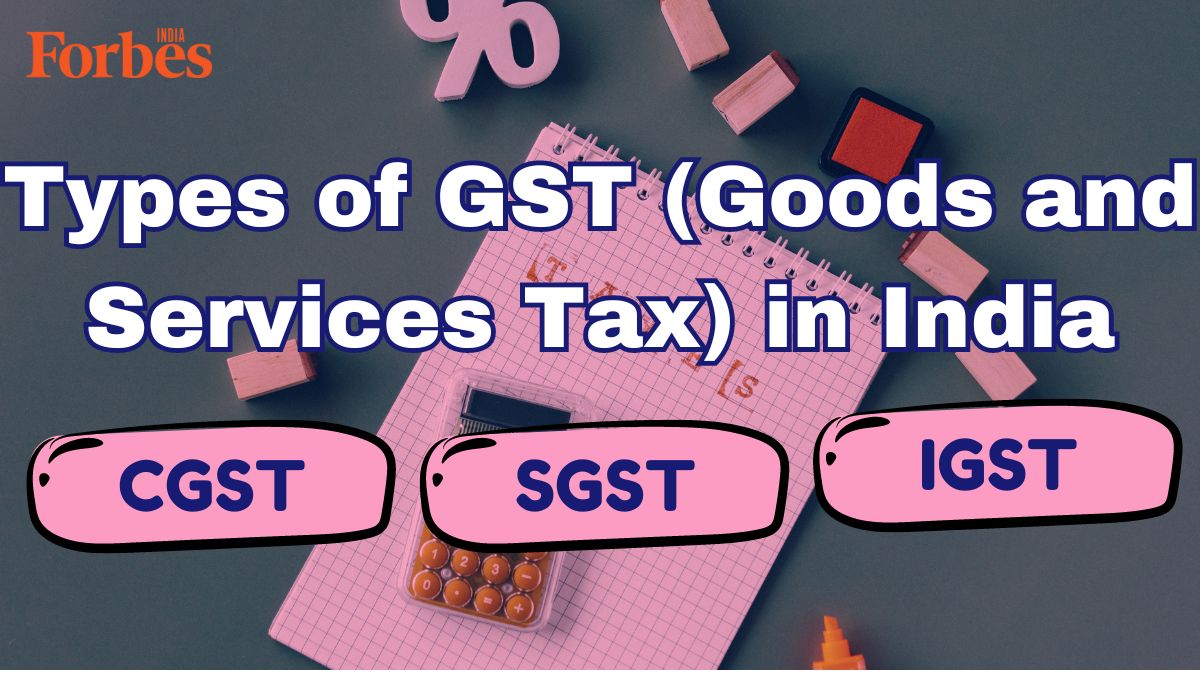
Types of GST (Goods and Services Tax) in India
Understand what is GST and types of GST: SGST, CGST and IGST. Also, curious about who foots the GST bill? We answer all your questions

Before the several types of GST (Goods and Services Tax), India's tax landscape was a labyrinth of various taxes, complicating matters for businesses and the government alike. GST emerged as a solution to streamline this chaos, aiming to simplify processes and enhance tax compliance. And it's fair to say GST has been a success story for India.
Despite initial challenges, it has facilitated smoother tax operations, minimised tax evasion, and facilitated ease of doing business in India by reducing the problem of “tax on tax”. GST has contributed to the country's economic growth and fiscal stability. In this blog, we will look at the different types of GST taxes and check out who bears the brunt of this tax.
Let’s start with the big question: What is GST?
What is GST?
GST is a comprehensive indirect tax levied on the supply of goods & services across India. It's a unified indirect tax system that aims to replace the previous maze of taxes like excise duty, VAT, and service tax.
With GST, the idea is to simplify the tax structure, making it more transparent and efficient for both businesses and consumers. Essentially, it ensures that the tax burden is spread more evenly across various stages of production and distribution. It's a significant reform that aims to streamline taxation, promote economic growth, and enhance compliance.


![GST state code list and jurisdiction details [2024] GST state code list and jurisdiction details [2024]](https://images.forbesindia.com/media/images/2023/Jul/img_212813_gststatecodelistandjurisdiction.jpg?impolicy=website&width=122&height=70)














